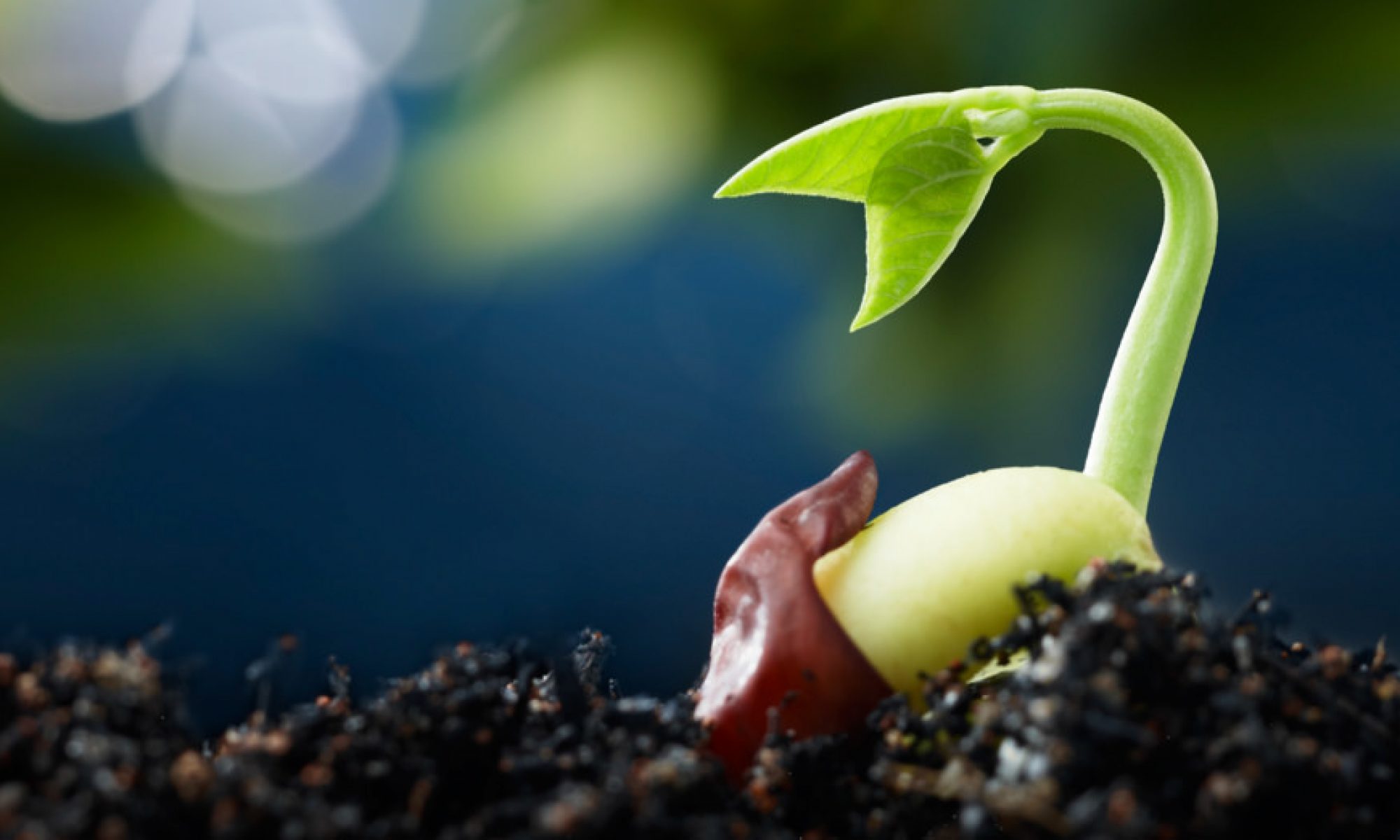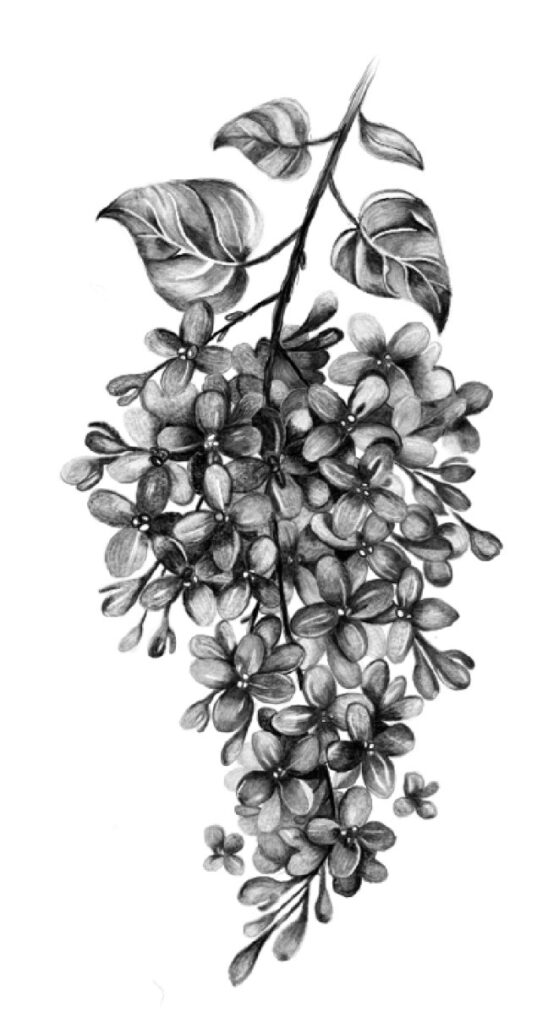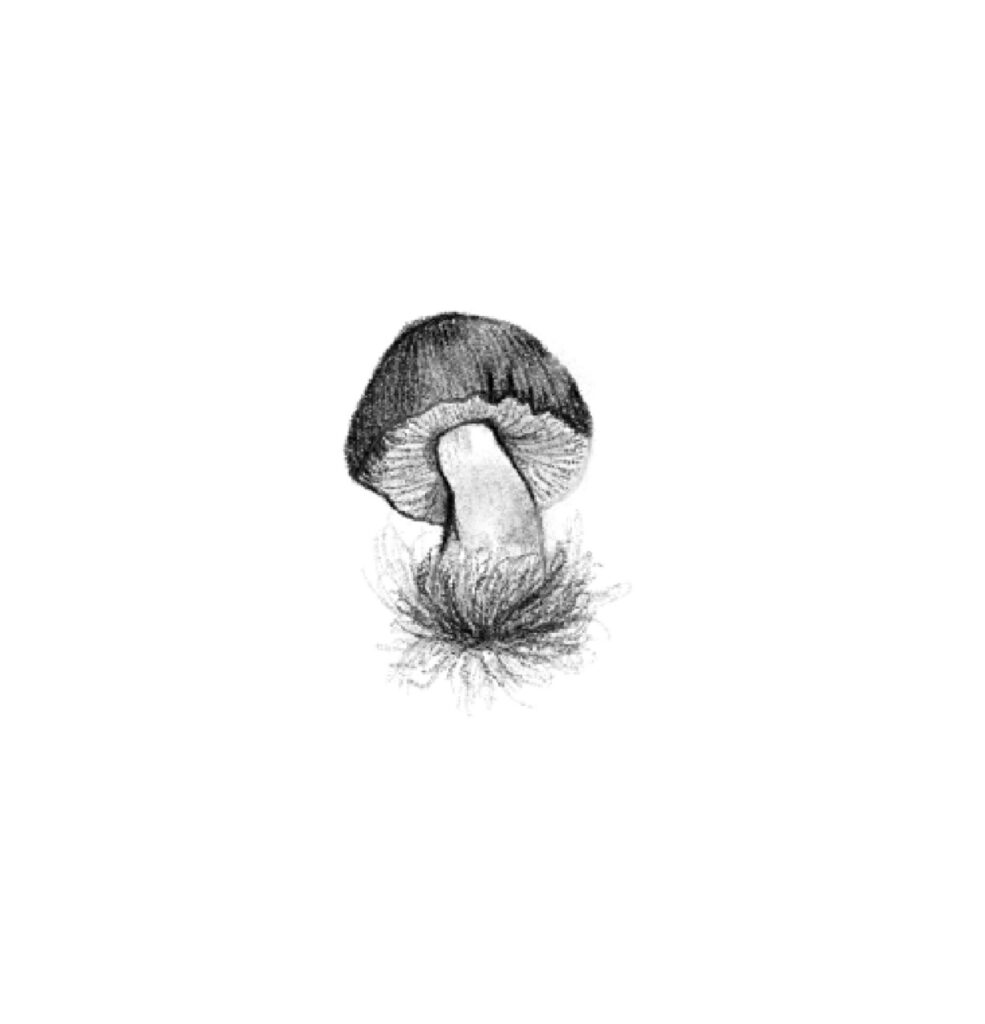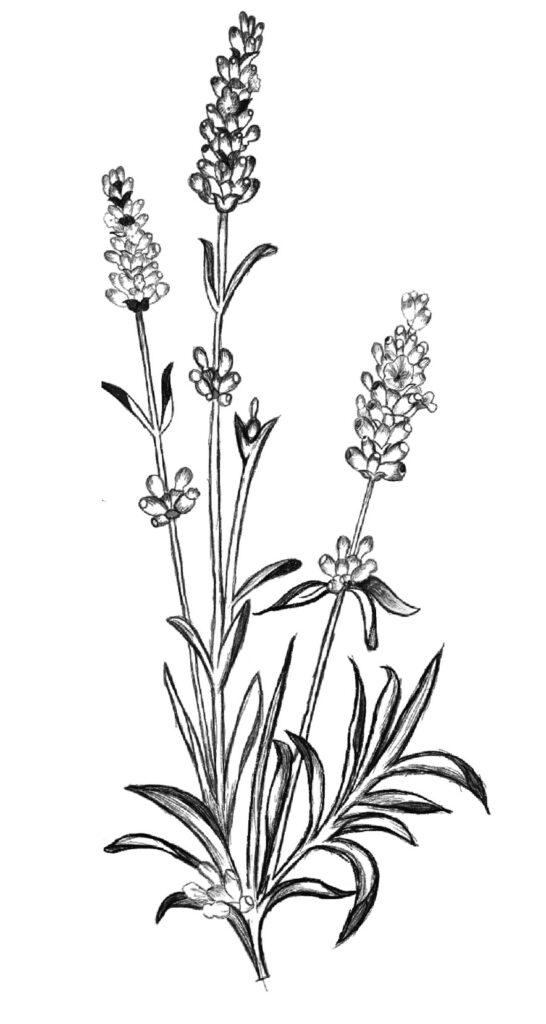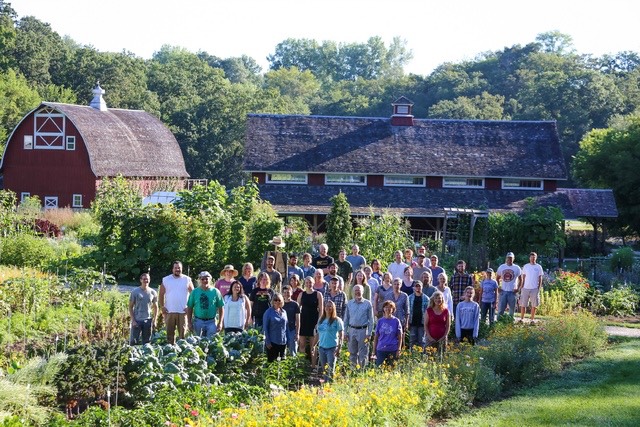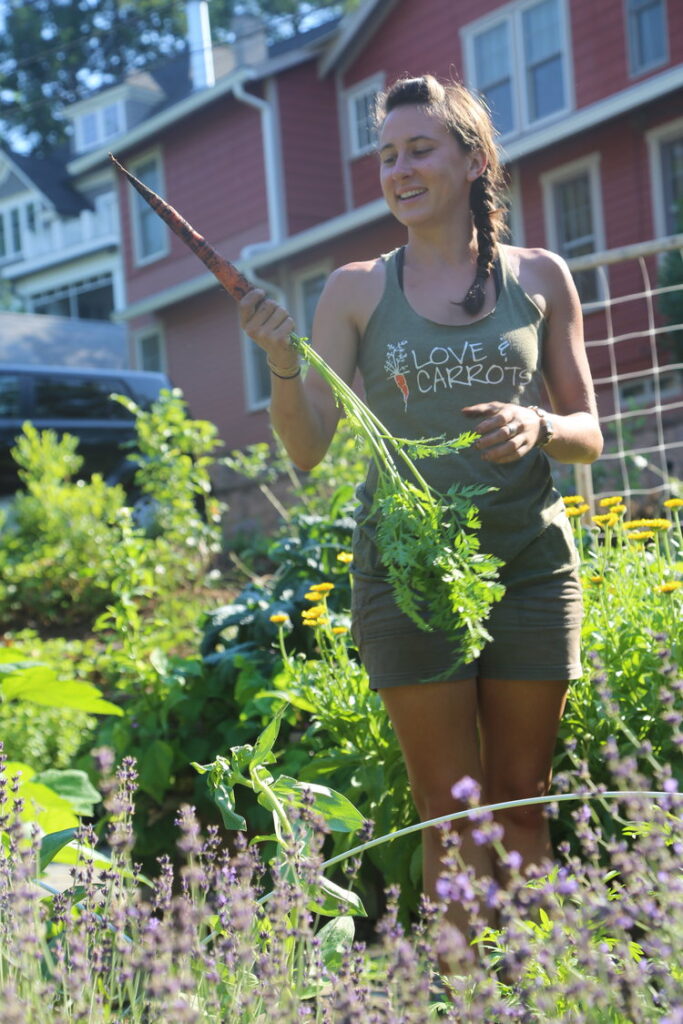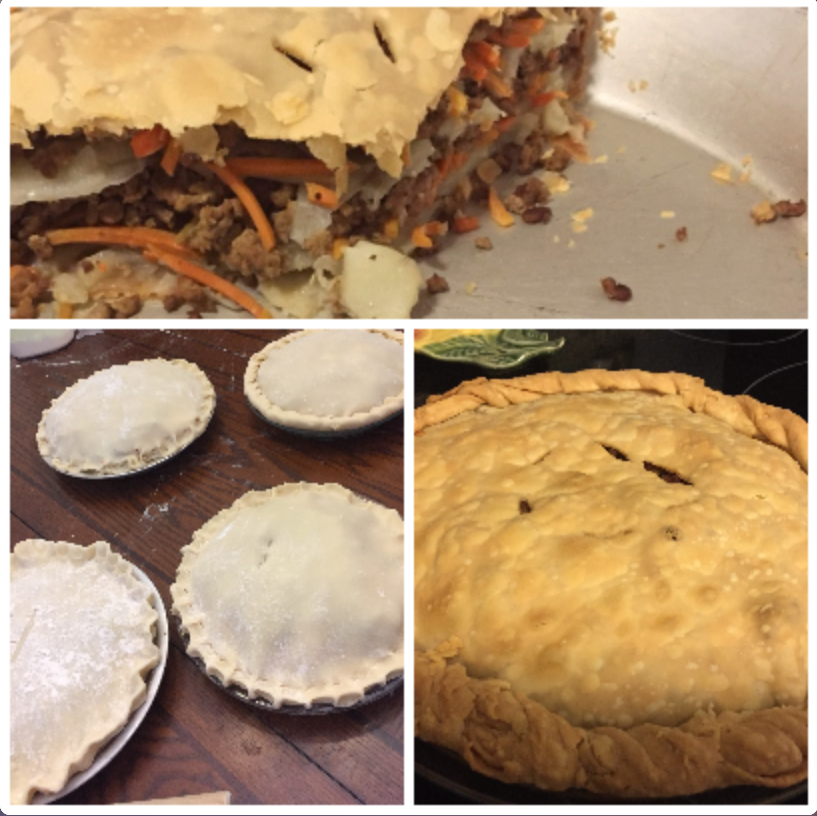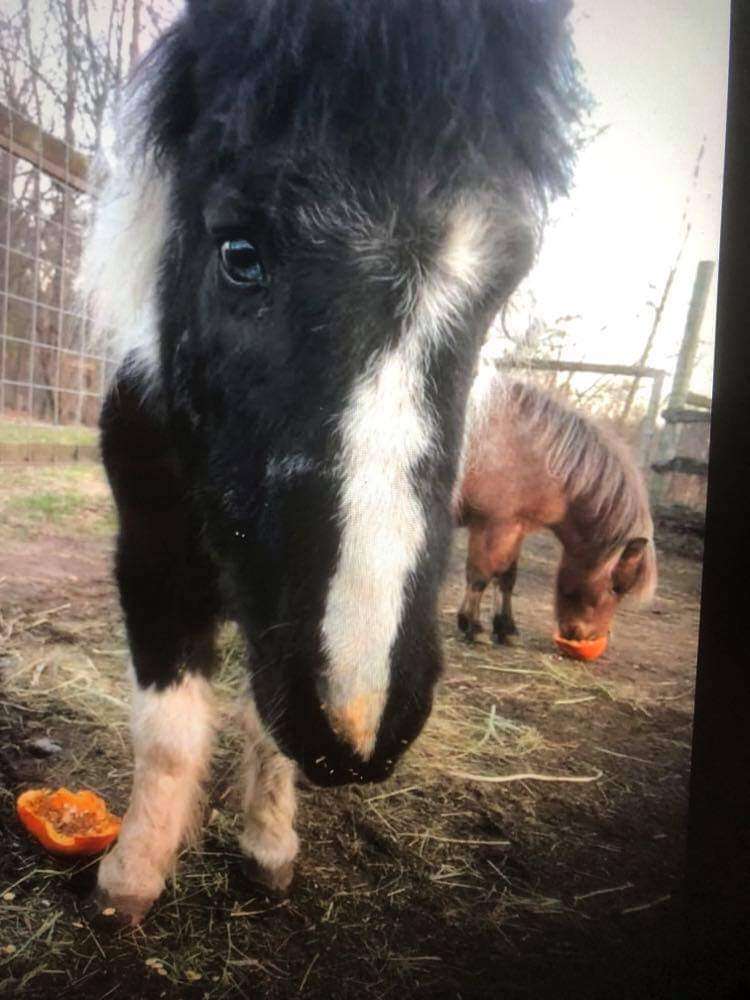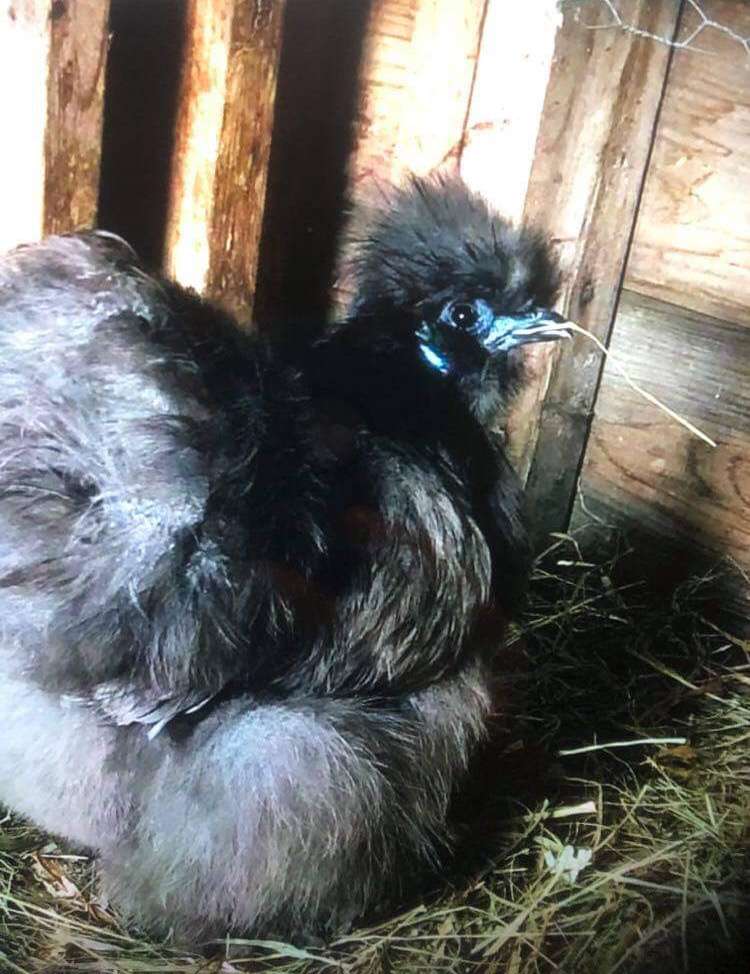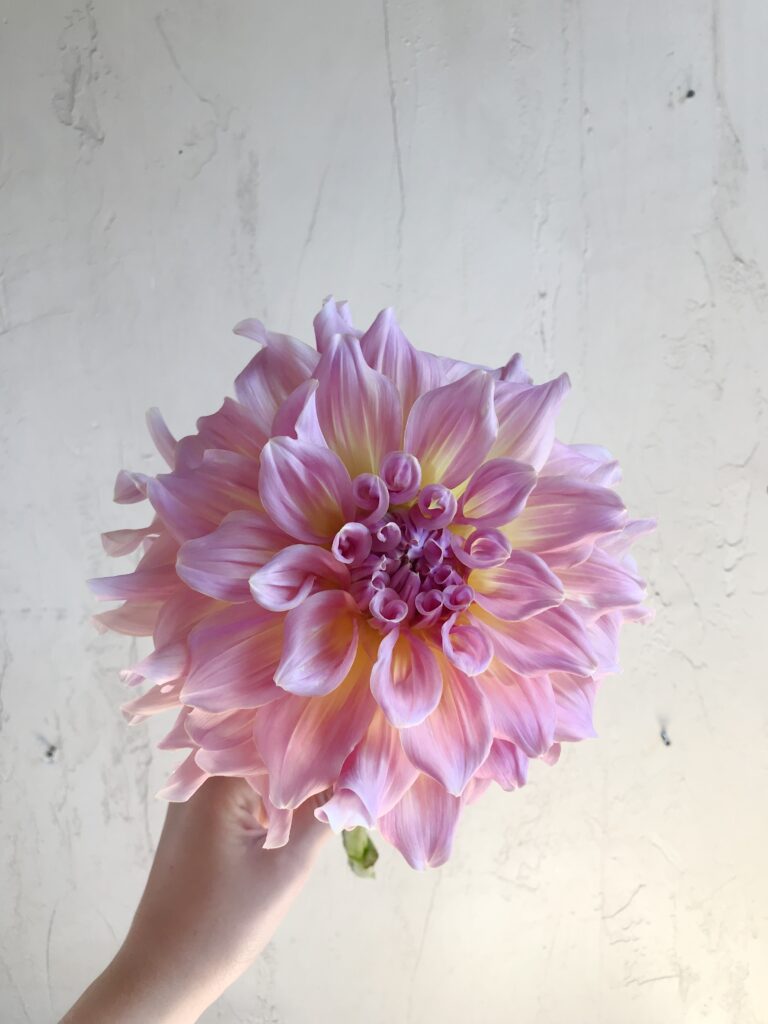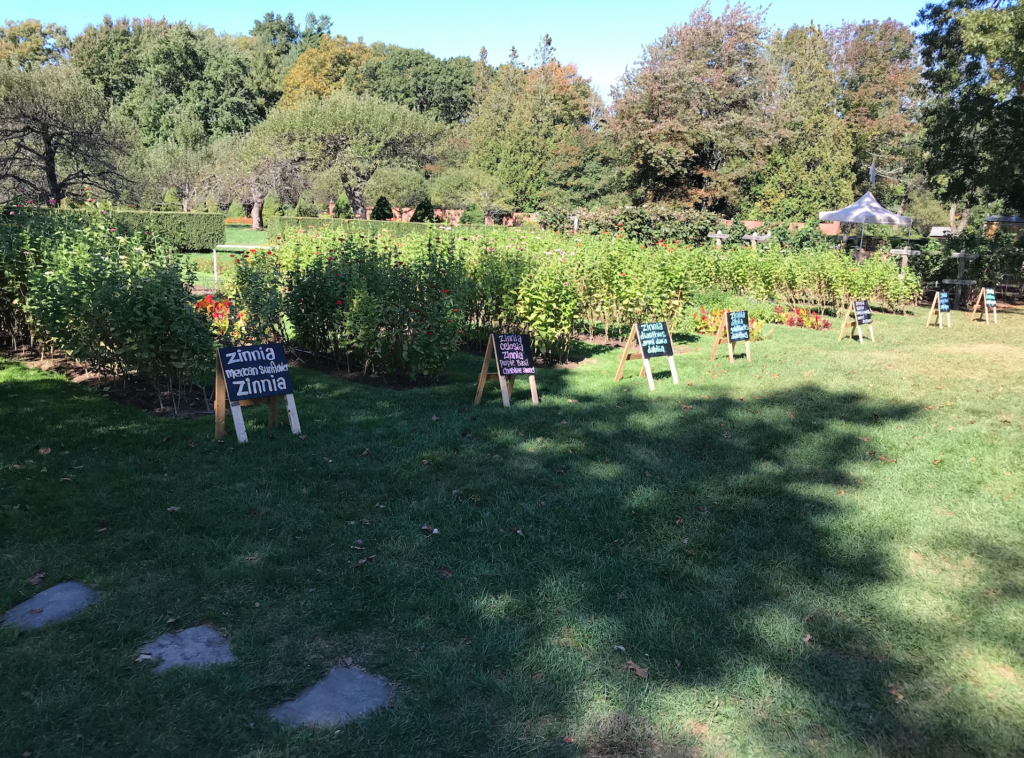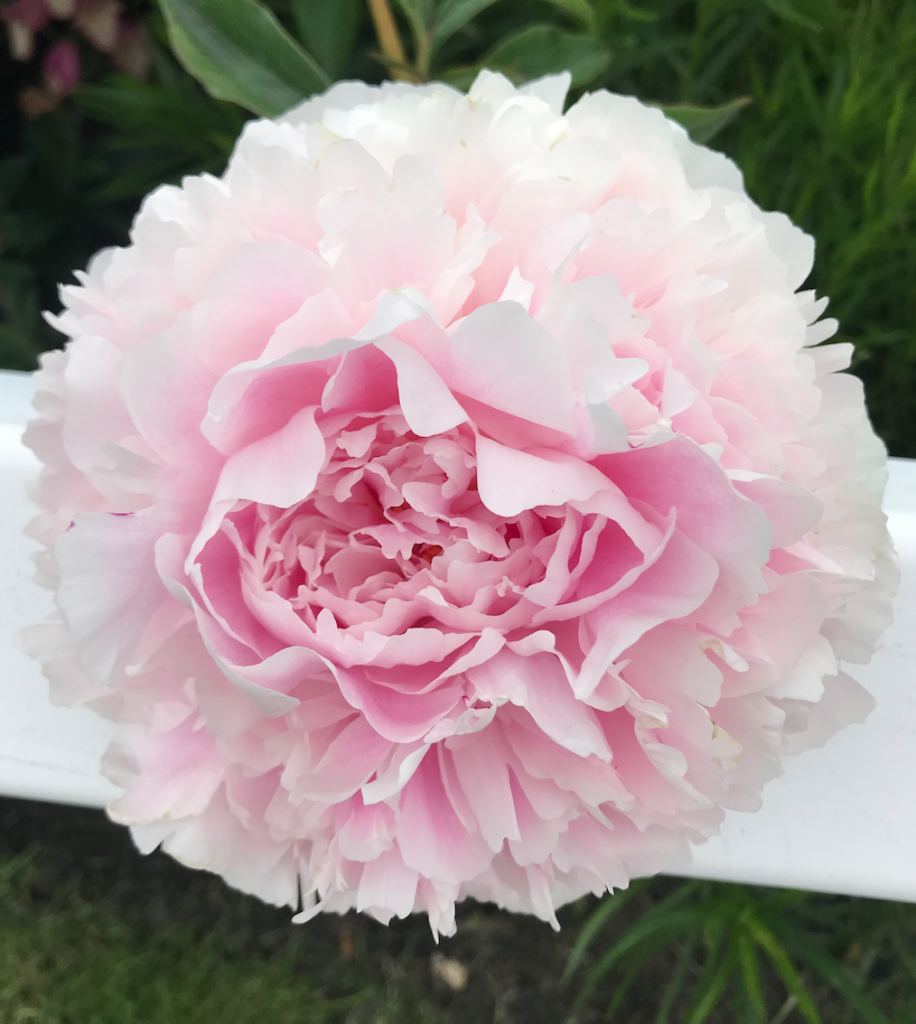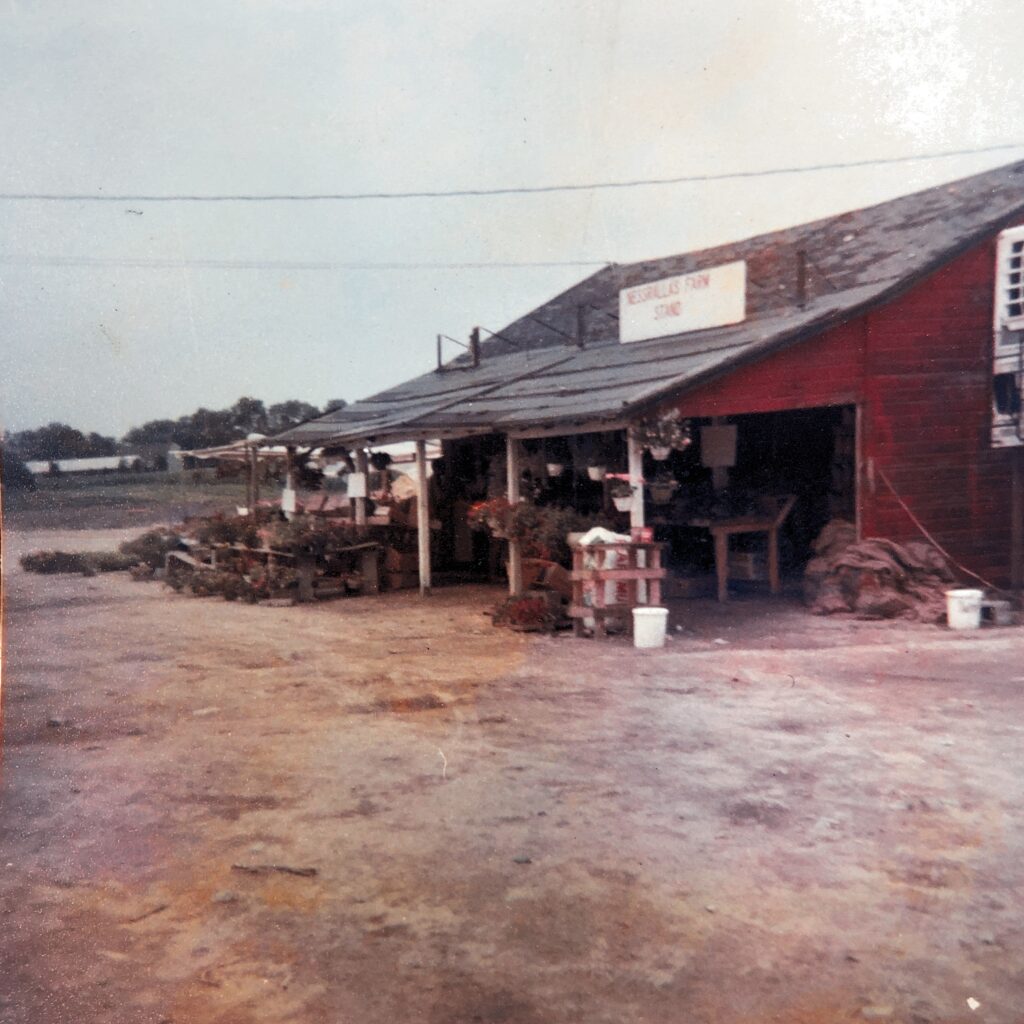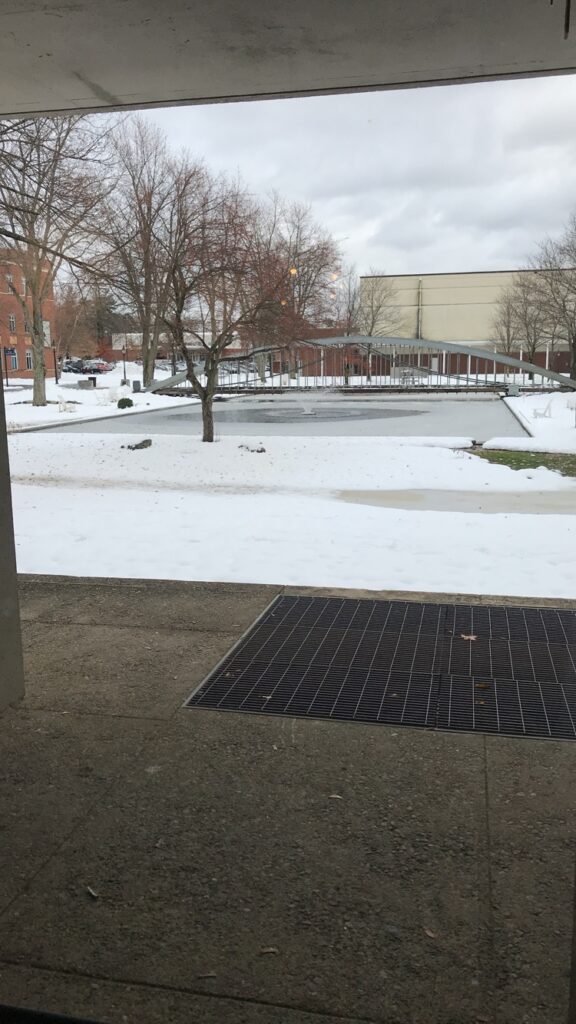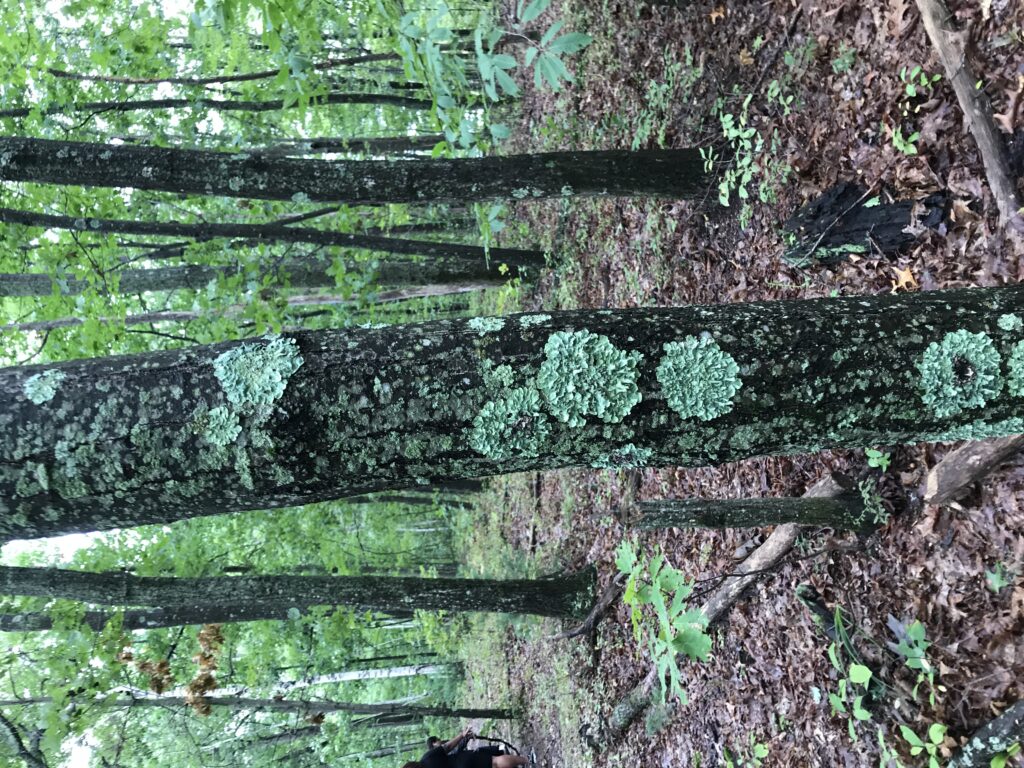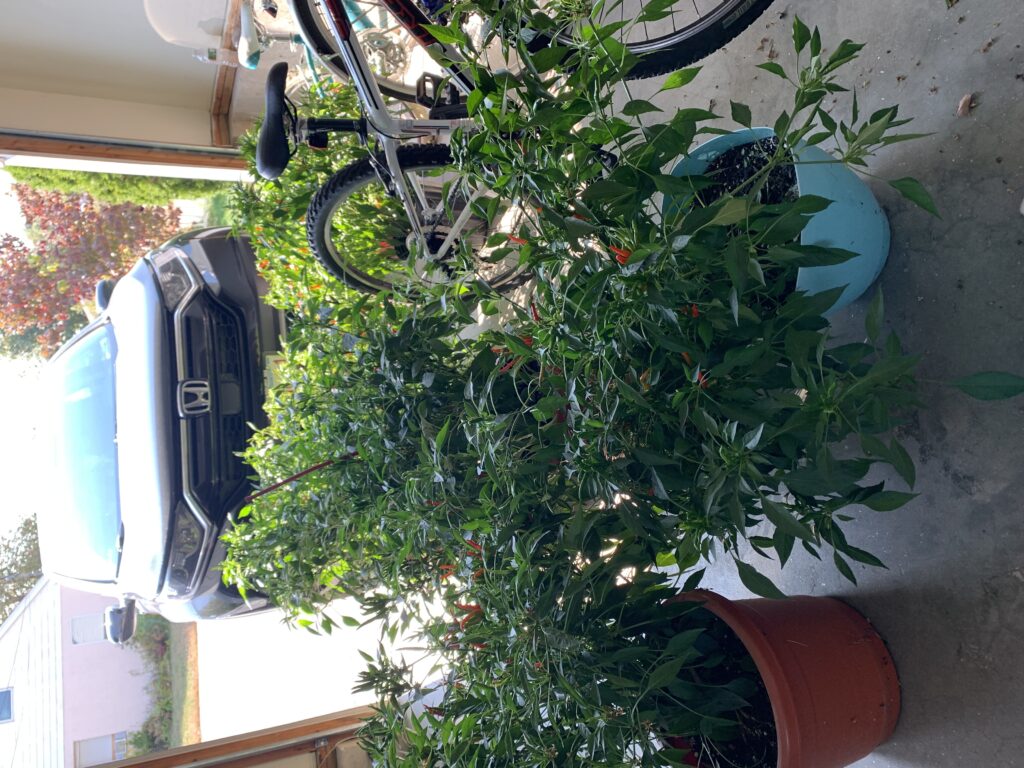As an aspiring environmental scientist and policy maker, nature has always held a strong hold in my day to day life in one way or another. Ever since before I could walk, my parents have had a house on Cape in the town of Yarmouth which further cemented the roots of my love for the outdoors. We are a three minute lengths’ walk to the beach, and a ten minute drive to the local park and bike trail, allowing my childhood to have been filled with ‘the best of both worlds’. As you may imagine I was very ecstatic when I discovered the course Garden Memoirs here at Merrimack College seeing as it incorporated two main things that I love: gardens and reading! My mother and father have always made a point to tend to our gardens in both the front and back yards of our summer home. Over the years we have planted fairy roses, hydrangeas, ‘butterfly plants’ which attract Monarch’s to our garden every year, geraniums, and inpatients. As a kid and still to this day I’ve always enjoyed watching the butterflies flutter around the mini ecosystem we created while sitting on the grass in the sun.
Though gardening can be viewed as an individual activity in some ways, I’ve found through both my own personal experiences as well as through reading Farm City that it does in fact also possess an element of community and ‘socialness’. At our local Mahoney’s, which is essentially a gardening shop with plants galore, my mom and I always run into fellow neighbors and gardeners alike on our trips there. Another instance would be on sunny, summer days when people walk past our home on their way to the beach many people in our association stop by and talk to my parents about our front yard garden and its aesthetic.
Gardening of all kinds is a great way to spend time with your family and friends outdoors, as well as a great way to give back to your landscape. By creating a garden of flowers and or vegetables, you start to notice different types of insects and creatures that find comfort and homes within the mini world you’ve handmade. We notice a lot of baby bunnies sleeping in the shade of our rose bushes, butterflies as I previously mentioned, and plenty of pollinators such as bumblebees that spend their days bouncing from petal to petal all within the confines of our very own front yard. When I have a home of my own, I fully intend on having a garden like the one my parents have as it has provided me with so much more than just a pretty, aesthetic view.
